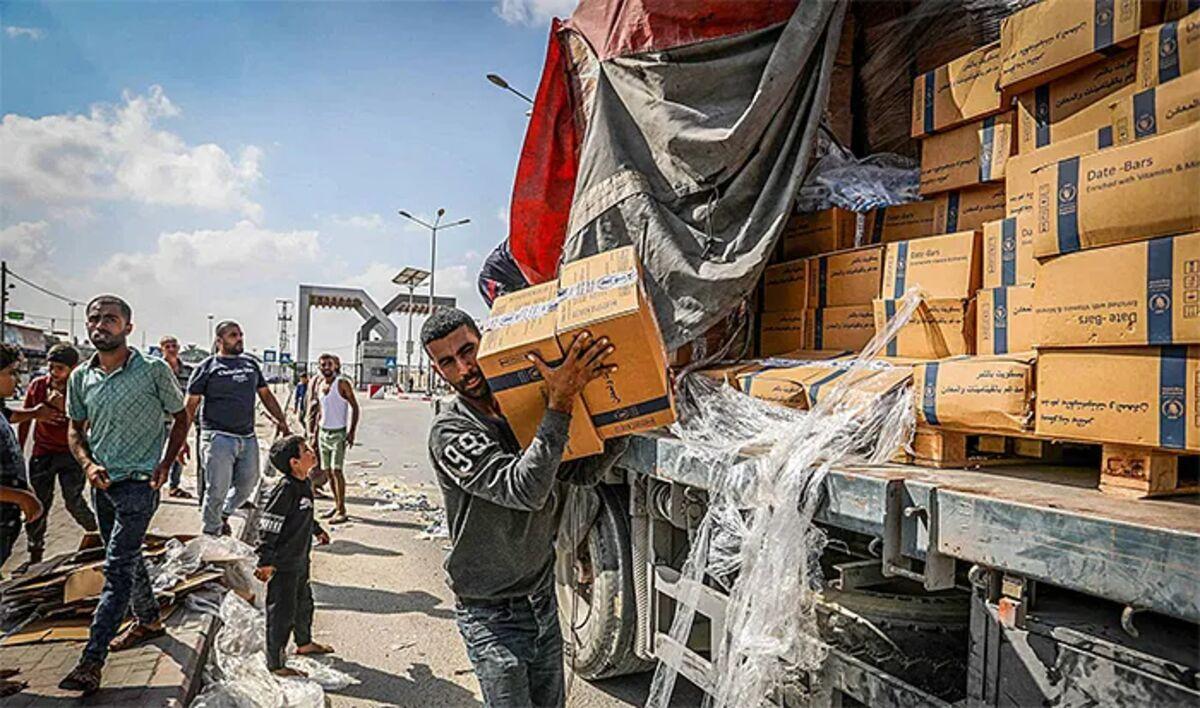Col. KEMP - The morality of IDF maneuvers in Gaza

The Israeli military has taken all reasonable measures to achieve its mission while minimizing harm to the civilian population and maximizing humanitarian relief.
Other than hardened anti-Israel zealots and supporters of Hamas, few have questioned the need for Israel to take military action to defend its citizens after the depredations of Oct. 7th.
But the Israel Defense Forces have come under intense criticism about the way it is conducting the war in the Gaza Strip, with allegations of excessive force and even indiscriminate attacks. Some former Western military officers have joined the chorus of condemnation, suggesting the IDF should adopt the tactics of coalition forces in places like Afghanistan and Iraq. Given the outcomes of both campaigns, perhaps neither provides the ideal template for how jihadists can be defeated.
Amid this growing reproof from afar, I have not yet heard one single realistic proposal for an alternative way of operating that would reduce civilian harm while still achieving the necessary objectives.
That tells me that the IDF has no choice but to prosecute this conflict along current lines, despite the terrible loss of civilian life. But given the ill-informed accusations and wide-ranging misunderstanding of how the IDF is actually operating in Gaza, it is worth a closer look at what the IDF has been doing to mitigate harm to civilians.
I have been in Israel since the start of this war in the immediate aftermath of the slaughter, rape, torture and kidnapping spree three months ago. During that time, I have been extensively briefed on the conduct of operations by IDF commanders and staff and visited a wide range of IDF air and ground combat units, including inside the Gaza Strip, on a number of occasions, when I have been able to observe military operations firsthand.
During “Operation Swords of Iron,” the IDF has faced and continues to face one of the most difficult and complex combat environments any armed forces have ever had to deal with. Hamas and its fellow Gaza terrorists has, over several years, been preparing the territory with weapons and ammo caches, booby traps, mines, kill zones, and ambush and sniper positions.
They have an armory that includes sophisticated ground combat systems including thermobaric anti-armor missiles, explosively formed penetrator IEDs, long-range sniper rifles, explosive suicide vests, remote detonation equipment, attack drones, surveillance drones and ground-mounted surveillance cameras. In addition, they have positioned a vast array of mobile rocket launchers that continue to attack Israel’s civilian population, with missile barrages ongoing since the start of the war.
Hamas fighters and their infrastructure are comprehensively embedded in all populated areas of the Gaza Strip, and frequently relocate both above and below ground according to the movements of the IDF and the civilian population. The terrorists have utilized the predominantly urban areas to afford maximum cover and facilitate concealed approach and escape routes.
Hamas has constructed an extensive network of underground tunnels to gain protection for terrorists, to move fighters and equipment, to store weapons, to house command and control facilities, as well as to launch attacks and carry out ambushes. Some of these tunnels have been fitted with heavy blast doors to afford greater protection and frustrate assaulting troops. They are booby-trapped and rigged with explosives, early-warning devices and surveillance cameras.
I have been into the tunnels during this conflict and can confirm that this network adds exponentially to the already immense challenges of fighting in urban areas, recognized by military professionals as perhaps the most demanding of all battle environments. Indeed, I am not aware of any comparable purposely built underground complex that any armed forces have had to tackle in any other conflict.
Hamas’s tactics are based on the exploitation of the civilian population of Gaza. Their above-ground infrastructure utilizes protected locations, including a large number of schools, hospitals and mosques for weapons storage, fighting positions, and tunnel access and egress. They have similarly used office and commercial facilities, shops and residential buildings. I have been briefed by combat troops on the ground that in some areas as much as every house and in other areas every other house contains elements of terrorist infrastructure; and I have been shown, for example, children’s bedrooms used to store grenades, anti-tank missiles and other munitions.
It is a standard Hamas tactic for terrorists to move unarmed, in civilian clothing, among the civilian population, collecting weapons stashed in civilian buildings and then carry out attacks against IDF troops. Hamas often compels civilians to remain in positions that the IDF is likely to attack, seeking to either deter an assault or exploit civilian deaths for international propaganda purposes if an attack is carried out. There are examples of Hamas killing civilians who fail to obey.
***

- Art
- Causes
- Analysis
- Cloak & Dagger
- Economy - Finance
- Health
- Literature
- Music
- Other
- News & Politics
- Real Time Facts
- Sports



